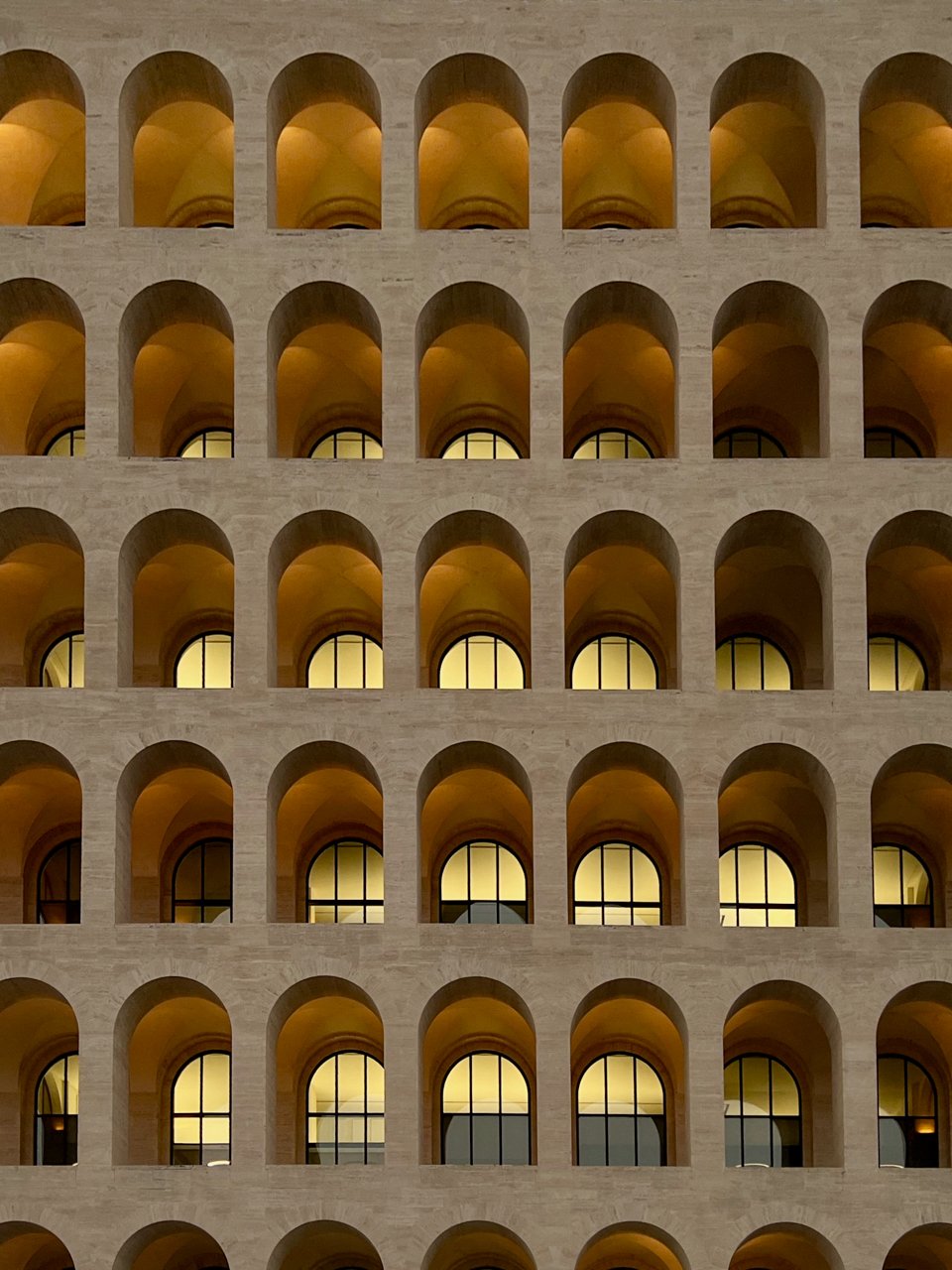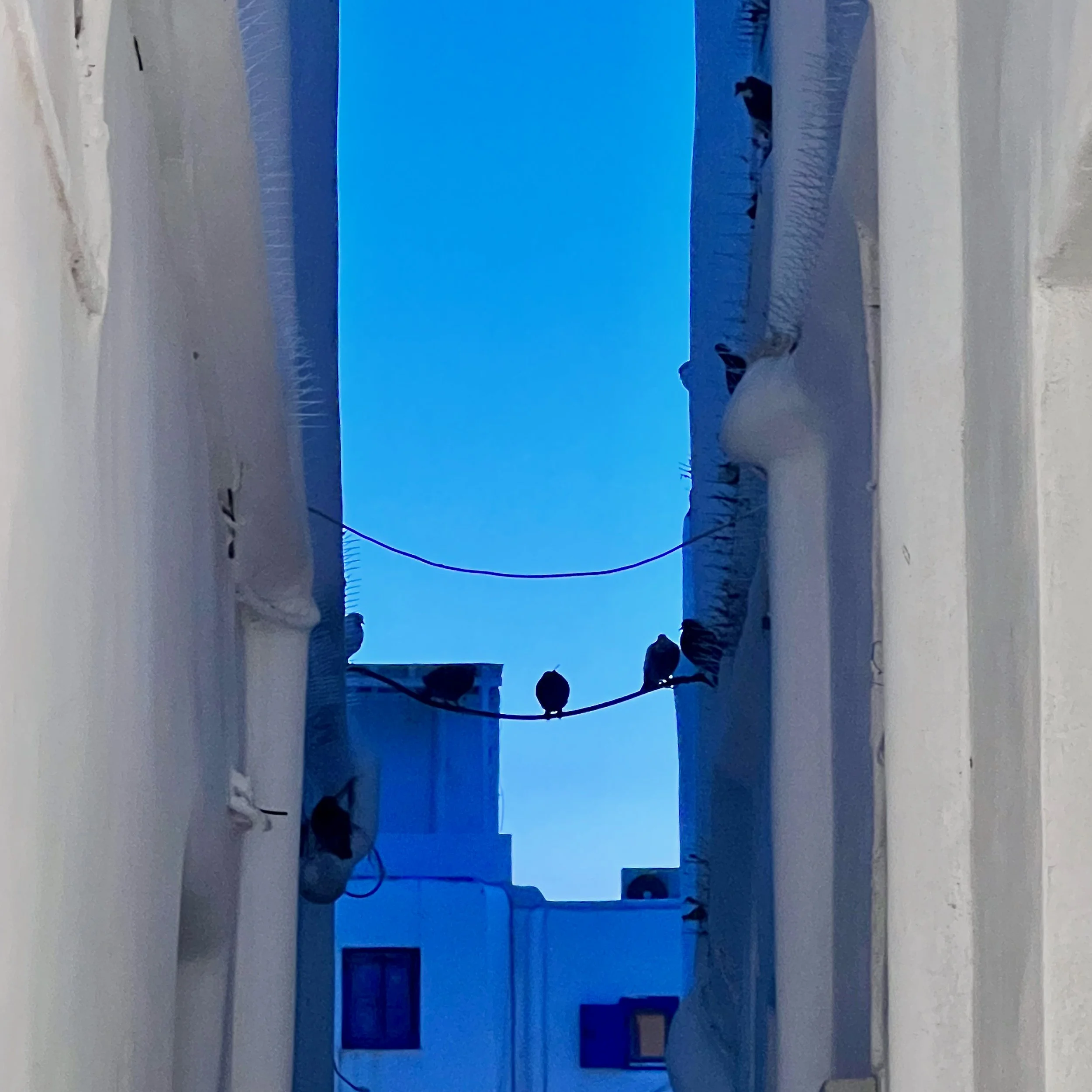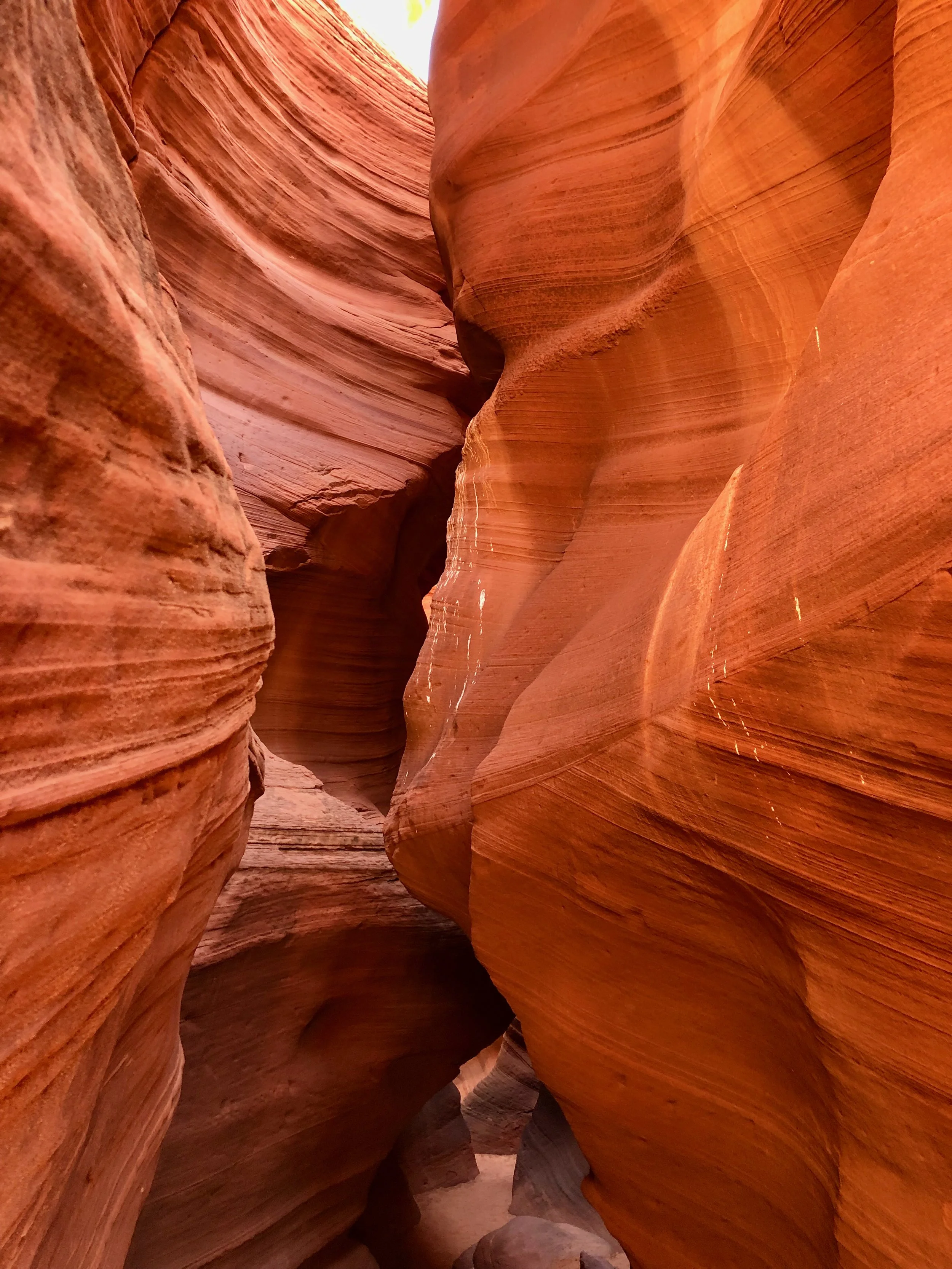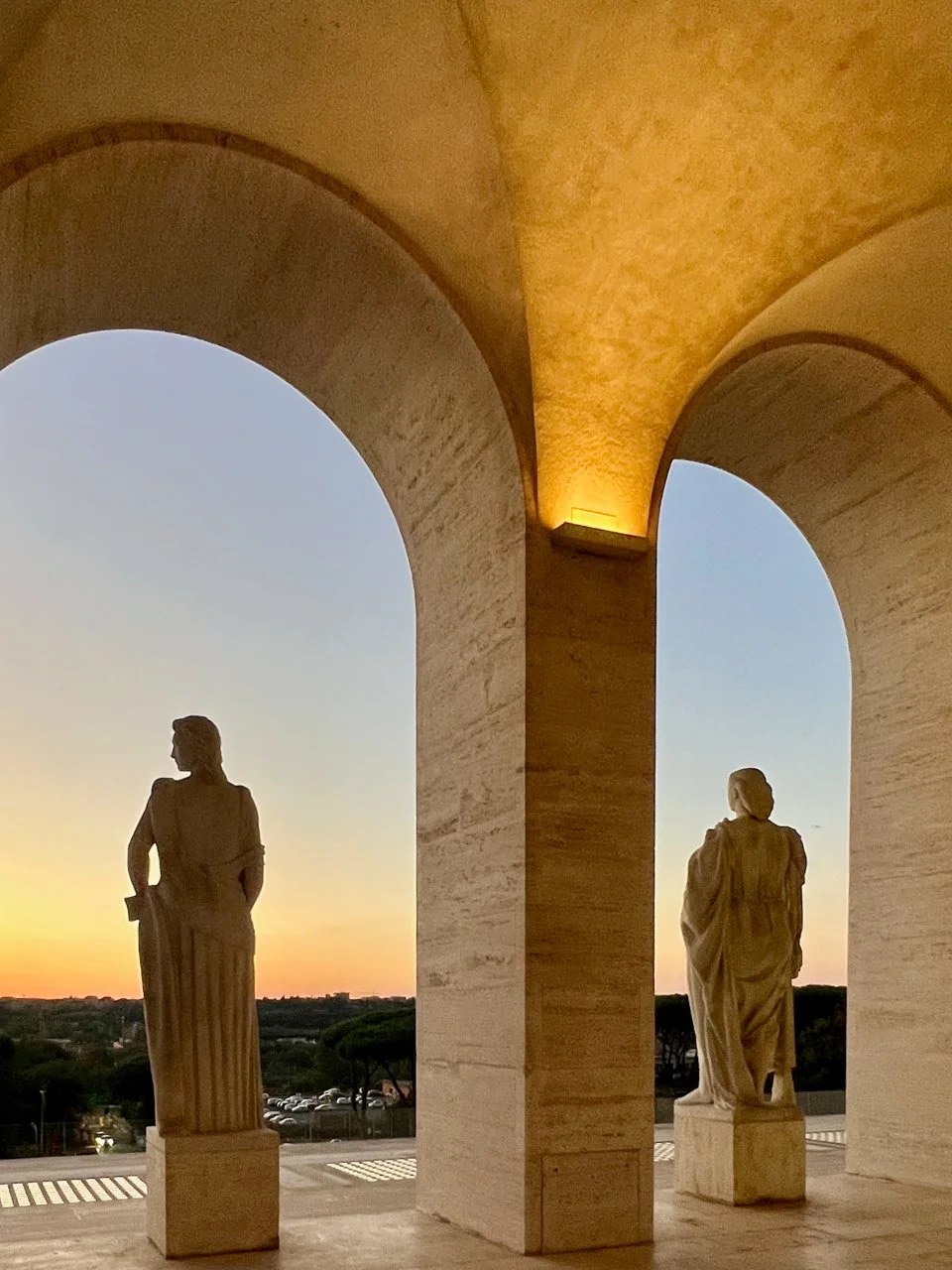Azadeh Ghotbi
Mises-en-Scène
How can one best capture the quintessence of a place, the textures and patterns of a city or the uniqueness of a nature reserve? It's particularly relevant in this age of easy digital photography where people seem mostly interested in memorialising not a place but their own presence within a place; an age of selfies made expressly to be shared on social media.
Scrolling through an archive of pictures I’ve taken from around the world over nearly a decade I came across countless images taking me back from sand dunes to icebergs, from the shores of a volcanic island to the top of a snow-capped mountain, from dense forests to treeless urbanscapes.
What they had in common, despite the vast diversity of subject and geography surprised me. The singularity of my focus seems to have always been the place itself, intentionally devoid of its people. Interestingly, there were few traditional landscapes or broad overviews. I’d mainly chosen to capture distinct elements of the “architecture” of a place whether natural or manmade. I realised that each image was part of a greater puzzle that could reveal and narrate the idiosyncrasy of a place.
And so was born the Mises-en-Scène series. Each location is presented as an installation of images, carefully chosen, deliberately juxtaposed and staged to capture the many layers and essence of a place.
– Azadeh Ghotbi, Artist
Interview with Azadeh Ghotbi…
“ Photography enabled me to slow down time and focus my gaze on the ephemeral, the intangible, the neglected details, the invisible.”
You started your artistic career as a painter. What led you to photography?
Though I still consider myself first and foremost a painter, I discovered and eventually became fully enamoured with photography thanks to a tiny dead leaf that I came across some eight autumns ago in my backyard. Its outer layer had partially disintegrated revealing an exquisitely delicate skeleton. It was love at first sight!
The following weeks were spent obsessively looking for more decomposed leaves from the same tree. My studio started looking like an archaeological site. There was no physical or head space left to paint. The leaves were laid out on the floor, numbered and displayed from the least to the most decomposed; the order changing with each new find. I felt like I’d discovered a treasure trove and was compelled to find a way to share it, but I intuitively realised that painting wouldn’t be the ideal medium.
The seeds of my very first photography series, Fading into Glory, was born from dead leaves.
It all came full circle this year when works from that series were shortlisted for the Louis Roederer Photography Prize for Sustainability.
Your photography seems to be largely focused on nature and our surroundings. What is it about the subject that you find most special/inspiring?
My abstract paintings have tended to be somewhat conceptual yet with an autobiographical subtext. By embracing photography as a complementary medium, I was able to broaden my subject range as if I’d discovered a whole new pallet of colours with which I could finally tackle a focal subject: Nature. So far, most of the series I’ve worked on capture light and/or flora. Decomposing leaves, chopped tree trunks, traces of leaves on pavements, cherry blossom petals in gutters, a glimpse of a tree seconds before near obscurity...
Photography enabled me to slow down time and focus my gaze on the ephemeral, the intangible, the neglected details, the invisible. I find Nature infinitely inspiring but what catches my interest most is it being fleeting and evanescent, what the Japanese call mono no aware.
Who are some of the artists who have influenced your work? Was there a particular piece that ignited your passion in the medium?
My move to London luckily coincided with the launch of Photo London and I had the privilege of visiting the fair every year since. I discovered a wonderfully broad range of works and artist there, and elsewhere, ever since. I have many favourites like Adams, Blossfeldt, Penn, Salgado and Sugimoto, to name just a few. I wouldn’t say that any one artist/work influenced me, at least not consciously but my sensibilities and sense of aesthetics are no doubt enriched by all I’ve seen and experienced throughout the years.
However, my greatest inspirations come from chance encounters with Nature whether in densely urban settings or immersed within it. When it comes to photography, my work is purely intuitive. I rarely go seeking a subject. It finds me. I entirely avoid construction and staging. The magic of photography for me is capturing what’s already there but others may not see.
Your series “The Shape of Light” consists of photographs taken around construction sites in London at night. Please tell us more about your technique behind these works.
The small size and extreme delicacy of the leaves I tried to capture in my first body of work required total stillness. The overtly figurative aspect of the work and lack of motion was in stark contrast to the very gestural fluid process I was used to when painting abstract works. Something was amiss. I was in a Norwegian woodland setting when I started wondering what would happen if I treated my camera as I would my paintbrush. The result was the The Nature of Light photography series. The alchemy was finding the right movement to capture a certain light at a certain time of day or night.
“Is it a painting or photograph?” was the question I heard most when I exhibited the works. It was music to my ears. I had managed to paint with natural light and bridge the gap between my long experience in painting and newly acquired love of photography. Back in London, I used the same technique but this time capturing the artificial sources of light I came across during evening walks. Out of that came The Shape of Light series. Something about the mundane construction lights one never pays attention to, yet when gazed at with intent can be glorious reminded me of the neglected dead leaves that first sparked my interest in photography.
“I was sitting at my desk yet journeying vicariously from a sand dune to an iceberg, from the shores of a volcanic island to the top of a mountain.”
“Mises-en-Scène” is your latest series. Can you tell us more about the inspiration behind it?
I was scrolling back through my archive of pictures this summer looking for a particular photograph. I fell on many interesting shots I’d forgotten I had taken. Each in turn triggered its own set of wonderful memories. I was sitting at my desk yet journeying vicariously from a sand dune to an iceberg, from the shores of a volcanic island to the top of a mountain. It made me realise how fortunate I’ve been to travel this extensively over the years and capture such a diverse portfolio of images from around the world. Any one of them, taken individually and blown up, could tick the box as a sound landscape photograph. But how could I share all the associated memories that each one image triggered in me?
Since the photos were all there already, I put aside my photographer’s hat and borrowed the tools of theatre directors. I decided to capture the essence of a place and time like they would narrate a story by carefully choosing just the right actor to portray each key character of a play, while paying particular attention to stage design and importantly what the audience would perceive. The result was the Mises-en-Scène series.
We live in a world where everyone with a smartphone can be a “photographer”. What is your personal opinion on the future of photography?
Smart phones are terrific at enabling everyone to capture imagery but they’re mere enablers. Talent is something else. Having an opinion and voicing it on social media doesn’t make one a journalist; snapping selfies and using auto filters to curate an idealised version of oneself doesn’t make one a portrait artist.
Some may think that every iPhone photo tool upgrade would make us all better photographers but on the contrary, I worry that it will make us all lazier, less attentive and more careless. We’re already at a stage where mediocre shots are auto-corrected, where filters quasi magically enhance the rest and algorithms make us subconsciously realise which types of images “pop” more and thus generate trigger-happy “likes”. We’re losing layered subtlety in favour of louder more extraordinary imagery.
What piece of advice would you give to someone hoping to start a career in photography?
Slow down.
Keep training your gaze.
Do it solely out of passion.
For further information, please contact us on



















